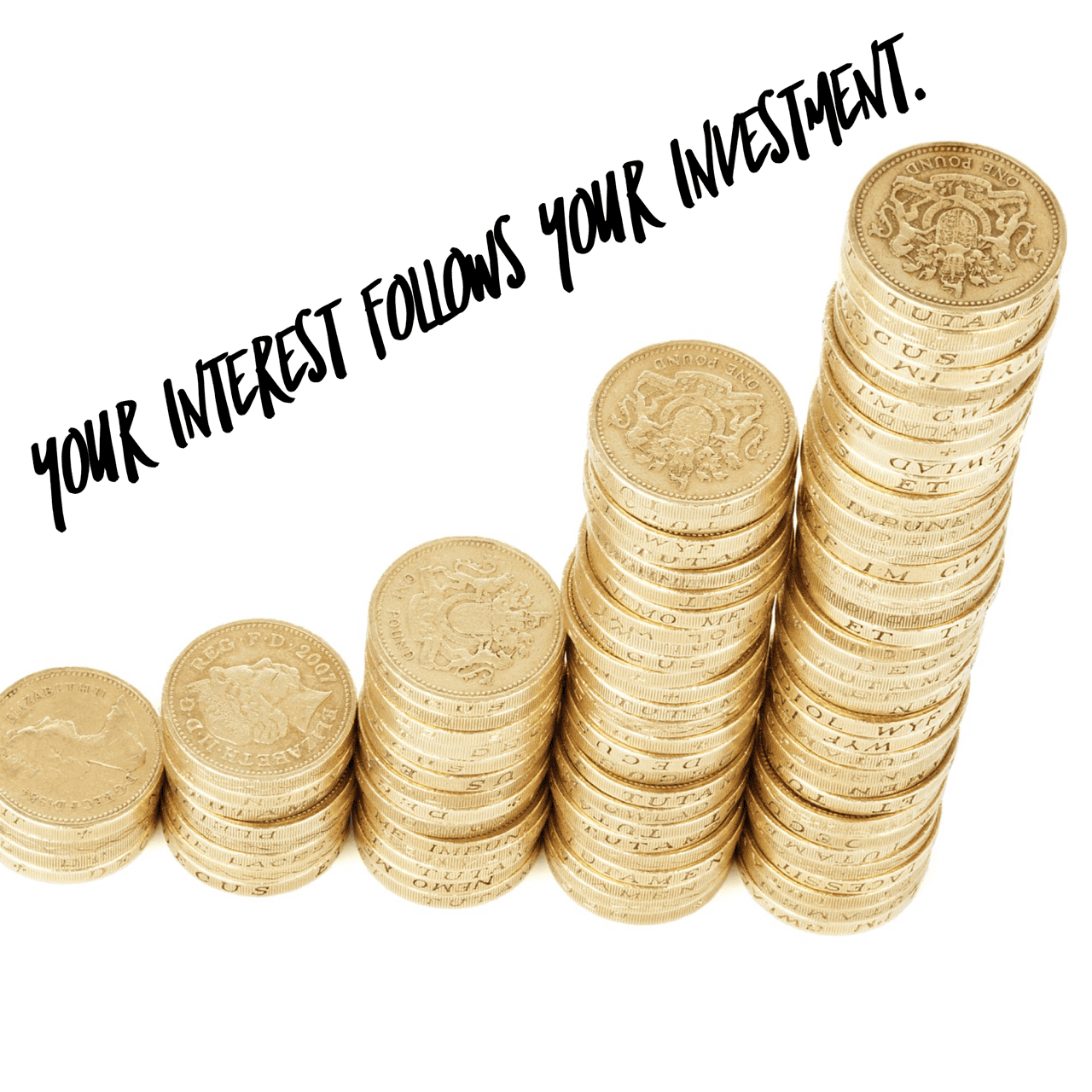Years ago I was introduced to a brilliant woman who was doing business with a friend. When we met, she gave me a copy of her book – a New York Times bestseller that I had heard a lot about. I read it across the weekend and found it interesting.
A few years after we met, my new friend was offered an incredible opportunity to consult in China. She left the US for at least a decade, returning a few years ago.
Around the time she returned to the states, I was dealing with a business problem that I couldn’t solve. It occurred to me that my author friend might be the perfect person to help me figure out a solution, so I went to see her. After I explained my predicament, she reached behind her couch and tossed me a copy of her book.
“You need to read this,” she said.
“I already did,” I answered. “I read it when we first met.
”
“Well, you need to read it again. It will help you solve your problem.”
Reluctantly I took the book home, cracked the cover, and started reading it again.
To my surprise, I was enthralled. I underlined pertinent passages, dog-eared the pages I had marked up, and even mind-mapped the book on the inside front cover. This time it seemed as if every sentence had been written just for me.
The first time I zipped through the book in a weekend. This time I only finished 45 pages that first weekend because I was so busy applying what I was learning to my problem and reading and rereading each pertinent passage.
I’d often heard the adage, “When the student is ready the teacher appears.” I thought it was just one of those “the universe will provide” kind of sayings. I thought it suggested that thanks to some universal power, you will get what you need when you need it. But it suddenly dawned on me that what the quote really means is that teachers are around all the time, but the student isn’t aware or interested in them until they need the lesson the teacher is providing.
Recently another friend was asked to help someone they knew with brand building. The recommendation my friend sent back was that the person with the problem should contact me because I had the knowledge and experience to help them.
In return, the person with the problem responded: “When would it be possible for us to meet and talk more about my project?” Oddly, he didn’t ask me that question. Instead, he said it to my friend – the very person who had already told him what to do and who to contact.
This proves the adage that free advice is worth exactly what you pay for it. NOT because the advice isn’t good, but because people don’t value what they don’t pay for.
Consulting clients often ask why the consultant charges so much for helping them with ideas that seem to appear right off the top of the consultant’s head.
Speaking clients often ask how a great keynote speaker can charge so much for what appears to only be an hour of their time.
I’ve heard consultants explain the value of their contribution, the costs of providing services, the years of experience, the value of their ideas, and so on to justify their prices. I’ve heard speakers talk about their training, the difficulty of travel, the value they provide to their audiences, etc., etc., etc.
I used to go through the same logical rigmarole. But now I simply answer, “Because your interest follows your investment.”
 A nourishing meal is more appealing when you’re hungry than when you’re not. You are more likely to follow medical advice or business advice when you have a painful problem than when everything is fine. The price of fuel is less of a purchase consideration when your gas gauge is on empty than when your tank is full. And both books and advice are more valuable when you need what they have to say than when you don’t.
A nourishing meal is more appealing when you’re hungry than when you’re not. You are more likely to follow medical advice or business advice when you have a painful problem than when everything is fine. The price of fuel is less of a purchase consideration when your gas gauge is on empty than when your tank is full. And both books and advice are more valuable when you need what they have to say than when you don’t.
When the student is ready, the teacher does appear. Because interest follows investment.

